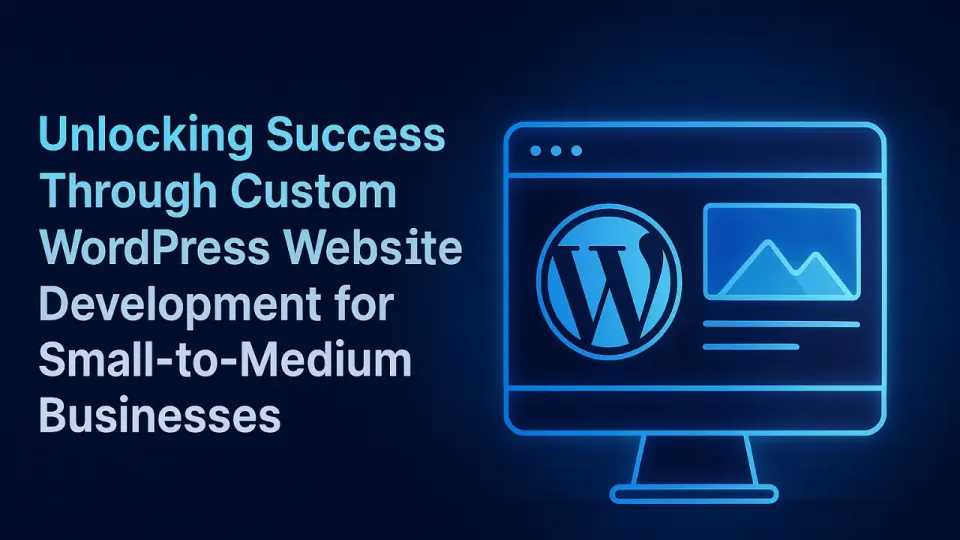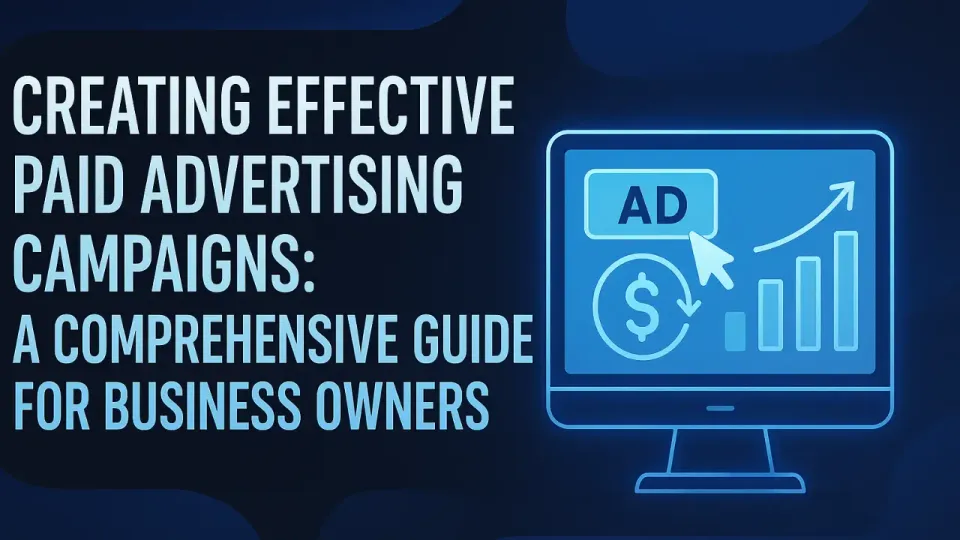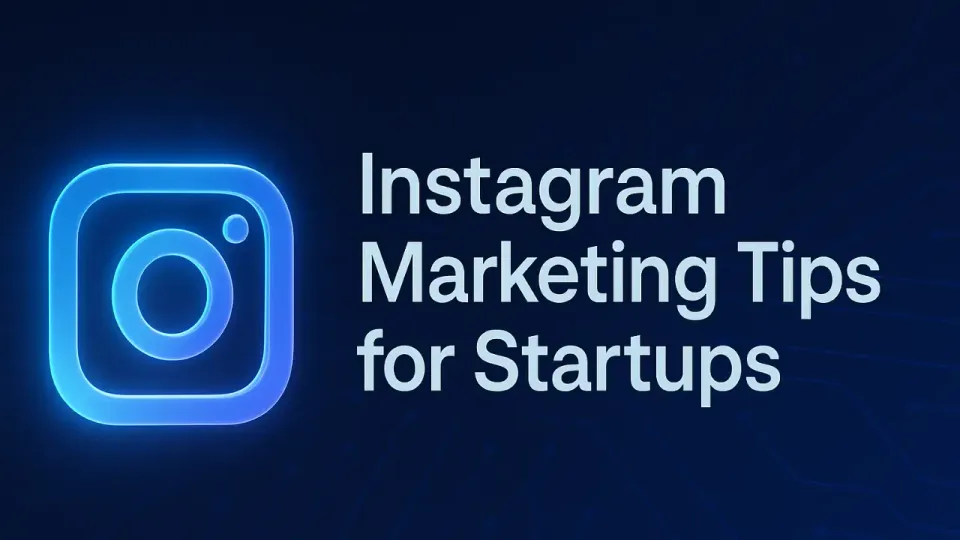Mastering Google Ads for E-commerce: A Comprehensive Guide for Small-to-Medium Business Owners
Unlock the secrets to driving traffic and boosting sales with Google Ads in your e-commerce business.

In today's digital landscape, if you're not using Google Ads to fuel your e-commerce business, you may be leaving money on the table. Picture this: you’ve launched your online store, you’ve got an excellent product, and yet, you find yourself struggling to drive the traffic you need to generate sales. This is where Mastering Google Ads for e-commerce comes into play. By understanding and leveraging Google Ads effectively, you can not only attract qualified leads but also convert visitors into loyal customers.
Understanding Google Ads: The Basics
Before diving into the nitty-gritty of creating effective ads, it’s essential to grasp what Google Ads is. Google Ads is an online advertising platform that enables businesses to display ads on Google’s search results page and its extensive network of partner sites. Think of it as a way to buy your visibility instead of waiting for organic reach.
According to recent data, businesses make an average of $2 in revenue for every $1 spent on Google Ads. For a small-to-medium business owner, this could mean the difference between feeling invisible online and becoming a recognized local player.
Key Components of Google Ads
- Keywords: These are the terms your potential customers are searching for. Selecting the right keywords is crucial for displaying your ads to the right audience.
- Ad Copy: The text in your advertisement should be compelling, clear, and relevant. Highlight benefits and include a strong call-to-action that invites users to click.
- Landing Pages: Ensure that the page the ad guides customers to delivers on its promise. A mismatch between ad content and landing page can lead to high bounce rates.
Creating High-Performance Ads
So, how do you create ads that not only attract clicks but ultimately convert? Start with the basics: know your target audience. If you’re a local business in Hoover, AL, tailor your messaging to resonate with the community. Utilize location targeting to ensure your ads reach potential customers in your area.
For instance, let’s say you're running a local custom furniture store. Instead of simply targeting "furniture," you could use long-tail keywords like "custom sofas in Hoover, AL." This approach resonates well with local consumers and positions your store as a go-to place.
Testing and Optimization
Mastering Google Ads is not a set-it-and-forget-it endeavor. You'll want to regularly monitor and tweak your campaigns. A/B test different versions of your ad copy, tweak your keywords based on performance, and analyze your return on ad spend (ROAS).
For example, if you find that using the phrase "free delivery" significantly improves your click-through rate, integrate that into your targeted ads.', 'weighting about returns on this experiment might be worth the adjustment in your overall strategy.
Leveraging Retargeting Techniques
Once a potential customer visits your site but doesn’t make a purchase, retargeting ads become critical. These ads remind visitors of your product when they browse other websites or social media platforms. In fact, studies have shown that retargeting can lead to a 400% increase in conversion rates.
Imagine potential customers leaving your site with the memory of a beautiful, custom-made sofa. With well-placed retargeting ads, they are reminded of that exact product wherever they go online.
Staying Ahead of Trends
The digital marketing landscape is constantly evolving. Stay ahead by keeping an eye on trends that could affect your e-commerce strategy. Google often updates its algorithms, and being proactive about changes—like incorporating AI tools for ad creation and performance prediction—can place your store in the forefront.
For instance, tools like Google's Smart Campaigns allow even those with minimal digital expertise to create effective ads. Explore new features and continuously educate yourself through webinars or local workshops to remain at the cutting edge.
Conclusion
Mastering Google Ads for e-commerce doesn’t have to be intimidating. By understanding the fundamentals, creating compelling ads, constantly testing, and leveraging retargeting techniques, you can bring more traffic to your store and convert visitors into loyal customers. As an entrepreneur or small business owner, embracing Google Ads with a strategic approach can set you on a path to achieving your business goals.
FAQs
- What is Google Ads? Google Ads is an online advertising platform that allows businesses to show ads on Google’s search engine results page and partner sites, targeting specific keywords relevant to their business.
- How much should I budget for Google Ads? A good starting budget could be around $500-$1,000 per month; however, it’s advisable to adjust based on results and ROI.
- Can small businesses effectively use Google Ads? Absolutely! Many small businesses have successfully used Google Ads to increase visibility and sales, especially when targeting a local audience.
- How do I know if my ads are working? Monitor key performance indicators (KPIs) such as click-through rate (CTR), conversion rate, and return on ad spend (ROAS).
- Should I use Google Ads if I have a limited budget? Yes, Google Ads can be scaled to any budget, and even small investments can yield significant returns with the right targeting and ad strategies.
"Joining this community has been a game-changer for staying updated on the latest trends & events!" - John B.





